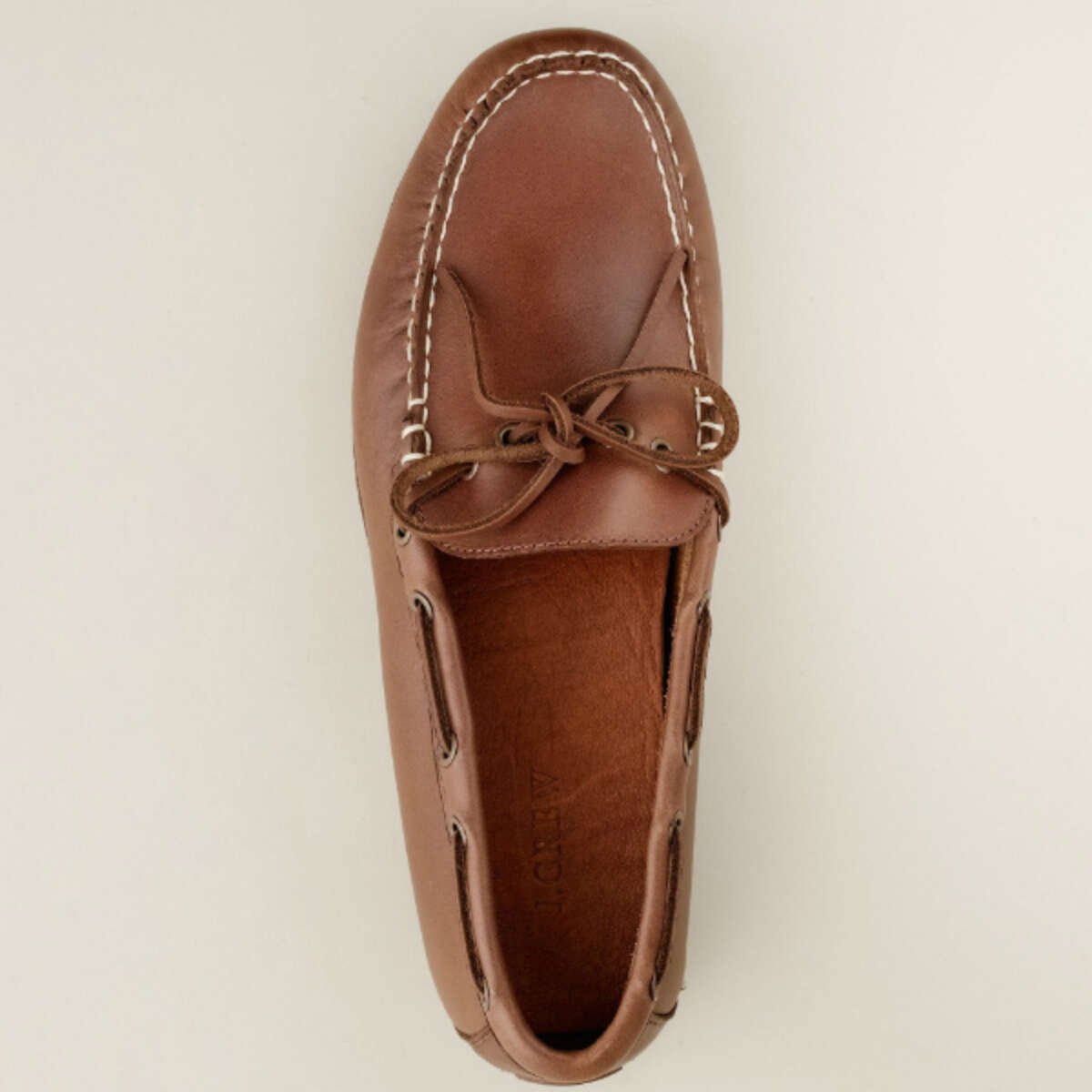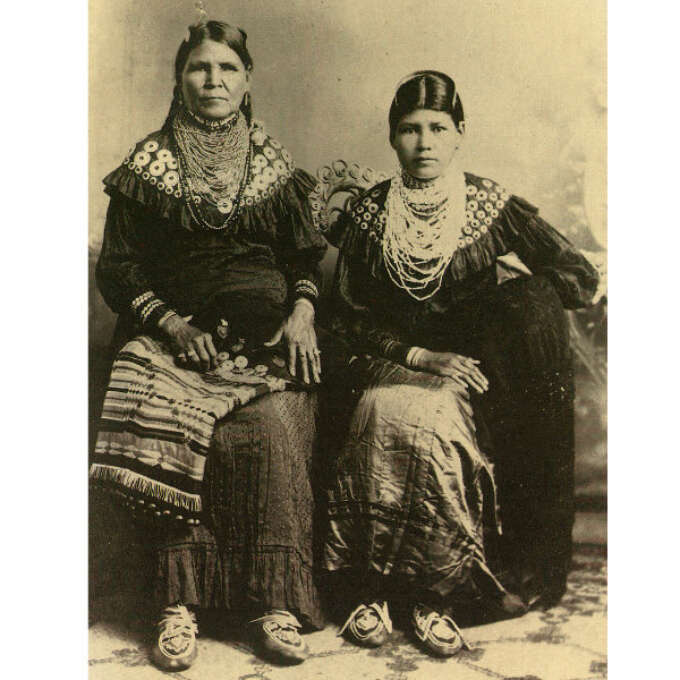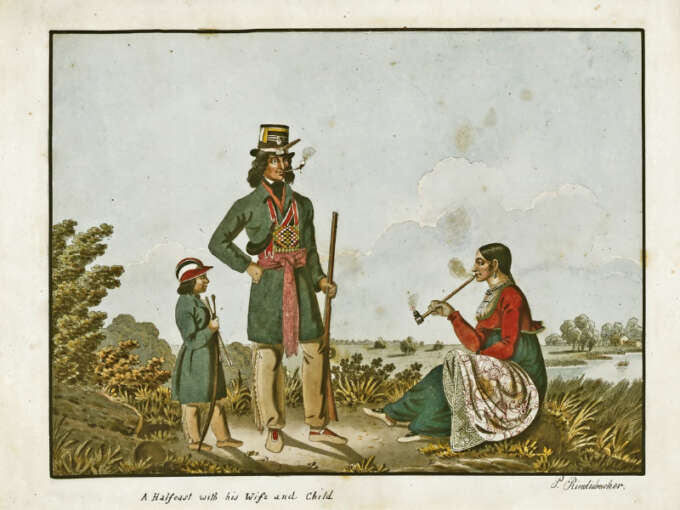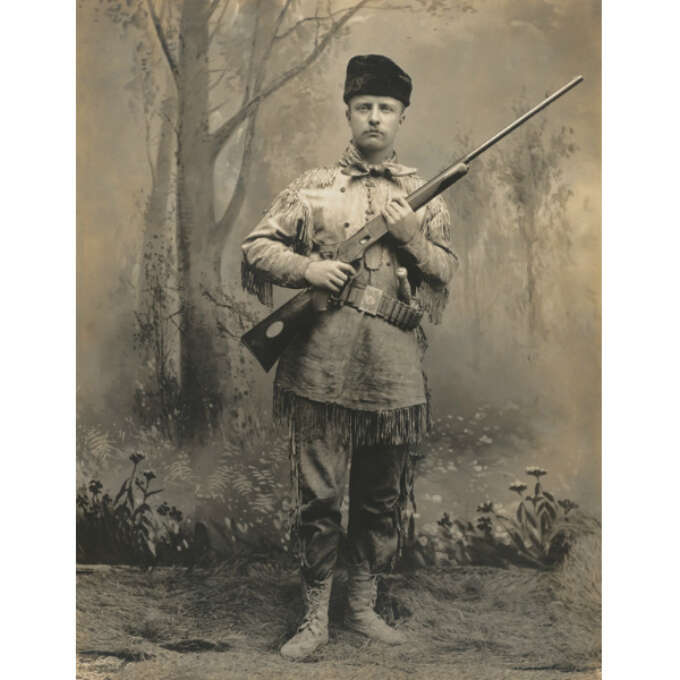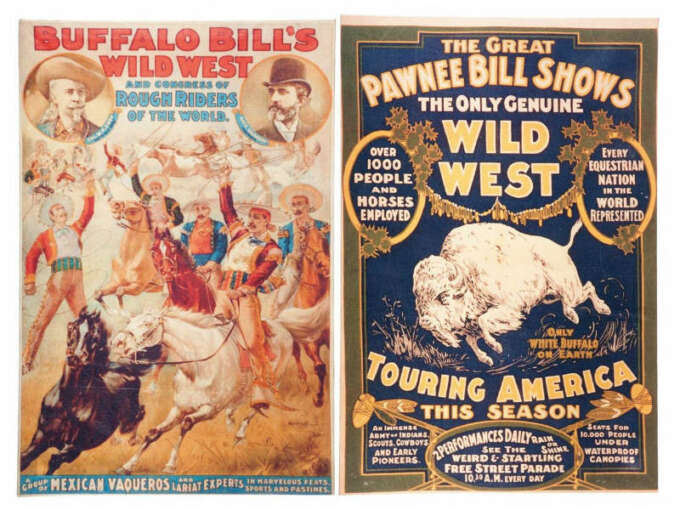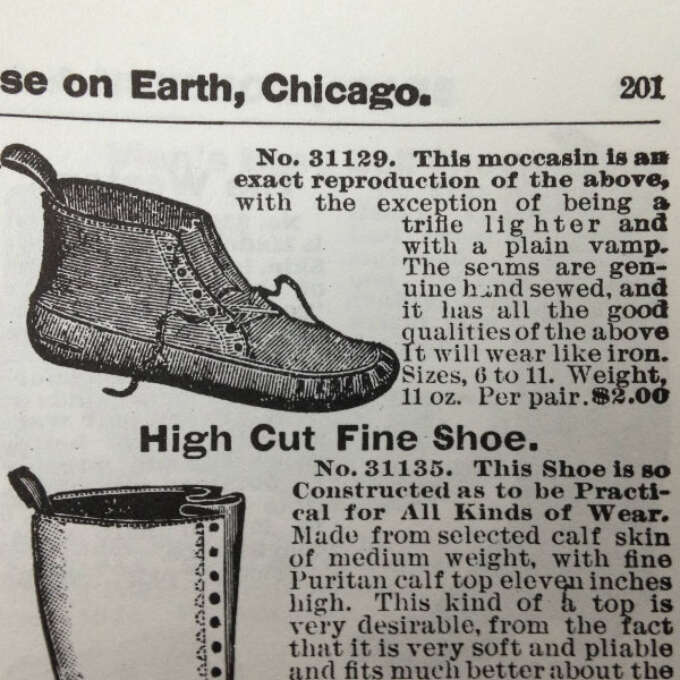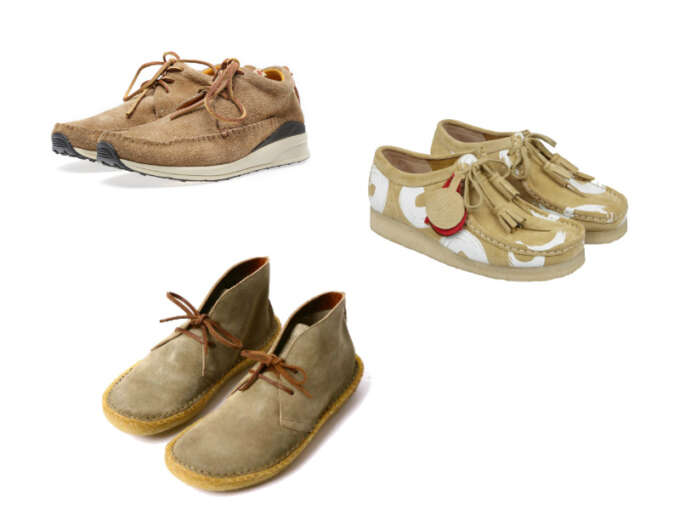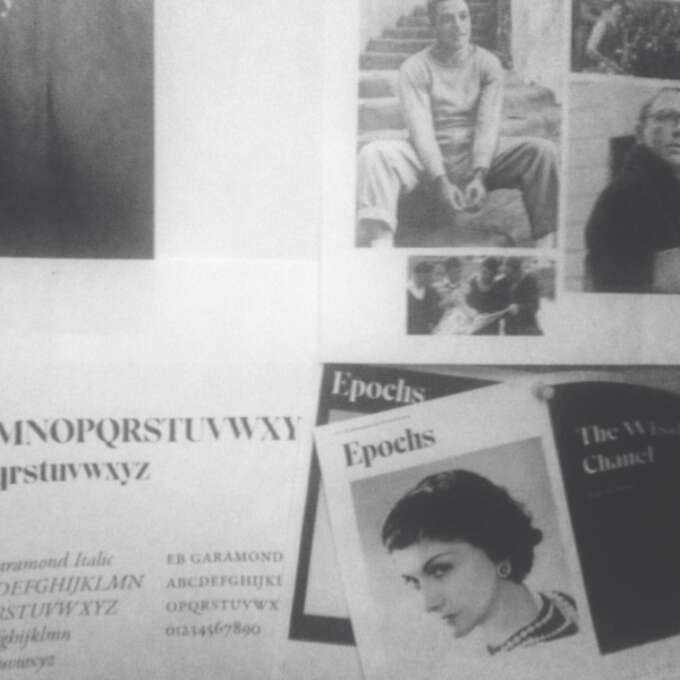In the canon of classic mens clothing, which is largely European and Anglocentric, there are few items more uniquely American in their appeal than the moccasin. A relatively simple construction often made from a single piece of sueded leather it has managed to to become a cultural signifier of a particularly American vision of the outdoors, of the older, wilder country it was and of the people who used to freely roam its plains and valleys.
It was also one of the few items that transcended the enormous variety in language, culture and climate between the tribes of the American continent. Moccasin is essentially a catch all term for similarly constructed shoes which ranged from the soft elk-hide slippers of the Eastern tribes who would use them to pad through forest paths to the tough bison hide soles of those who travelled the plains and deserts of the interior and even the lightweight sealskin mukluk boots of the Inuit of the extreme north.
The early Europeans who explored the interior of continent and engaged in fur trapping, especially the legendary courier de bois (runners of the wood) of New France were quick to adapt the moccasin, noticing both it’s utilitarian and aesthetic qualities. A French soldier writing in 1740 remarked:
This engagement between the pioneering European woodsmen and the Native Americans created an enduring archetype of the intrepid and self reliant explorer, clad in buckskins with a pack slung over his back and and moccasins on his feet as he headed out into the unforgiving wilderness. This imagery was key to the moccasins appeal, especially as the way of life of the tribes that created them were rapidly being destroyed and the bison that provided much of their leather brought to the edge of extinction.
This nostalgia reached its peak in the late 19th century with Buffalo Bill’s wild west show, a hugely popular carnival style attraction that traded on tales of the “old west” for millions of visitors, even touring throughout European capitals where the dress of the riders was much remarked upon.
While the moccasin seems to have never truly gone away in America it has been through several evolutions. The modern moccasin shoe is often a hybrid of Native american constructions and traditional shoemaking techniques and made with cows hide generally rather than the supple elk or bison leather. Notable variations include the preppy-friendly camp moccasin, created by L.L. Bean and popular with new-England holiday makers from the 30s onward,the 1960s counterculture embraced styles like Quoddy’s excellent ring boot and what is the 1980s preppy favourite the boat shoe except a moccasin with rubber base? Recent years have also seen oxford styled moccasins and mukluk derived hunting boots find popularity. The best of these are made in small workshops in New England by brands like Quoddy,Rancourt and Co., New England Outerwear, Arrow Moccasin and Yuketan.
Their have also been several modernist takes on the moccasin, most successfully perhaps the 1960s Clark’s Wallabee which took the basic construction of the moccasin and fused it to a hefty crepe rubber soul, the Wallabee deserves its own post but I would note that the recent Goodhood collaboration is an excellent iteration that echoes the Native American roots of the shoe while working surprisingly well as street wear. The other notables are Japanese street wear giants VIVSIM and their FBT model which takes traditional moccasin characteristics including beading and skirting and pairs it with a modern sneaker style sole and England based Native Craftworks who have created a striking desert boot-moccasin hybrid.
Despite the many forms it takes, most examples of moccasin-style design remains true to the original appeal: a rugged, utilitarian but relaxed shoe and one that evokes a long history of craft and engagement with nature. The best of these products made in New England retain the spirit of the original Native American shoe and deserve space in any mans wardrobe alongside standbys like derbys, loafers and tennis shoes
